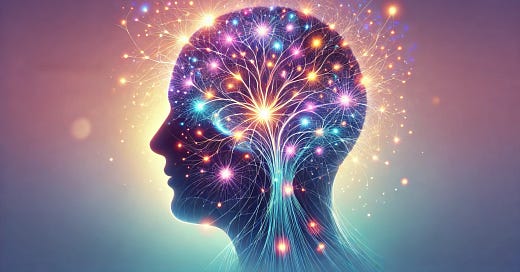Neuroplasticity: Unlocking Your Brain's Ability to Change
Explore neuroplasticity and learn how to reshape your brain for personal growth. Discover scientific insights, practical strategies, and Stoic philosophy to overcome limiting beliefs.
A few years ago, I felt trapped in my own mind. I was stuck in patterns of negative thinking and unhelpful habits that seemed impossible to break. Every attempt to change felt like pushing a boulder uphill, only to have it roll back down. One day, my sister handed me a book she thought might help: The Brain That Changes Itself by Dr. Norman Doidge. Skeptical but willing to try anything, I started reading. It was my introduction to the fascinating world of neuroplasticity—the brain's incredible ability to reorganize itself by forming new neural connections throughout life.
This revelation was a turning point. I realized that I wasn't doomed to be a prisoner of my old habits and thought patterns. My brain had the capacity to change, to adapt, to grow. It felt like I’d discovered a new way forward—one I didn’t even know was possible.
"Change your thoughts and you change your world." — Norman Vincent Peale
Understanding Neuroplasticity
Neuroplasticity is the brain's ability to change its structure and function in response to experience and learning. For much of the 20th century, scientists believed that the brain's development was largely fixed after childhood. However, groundbreaking research has since overturned this notion, revealing that our brains remain malleable throughout our lives.
This means that every time we learn something new or form a new habit, we are physically reshaping our brains. Neurons, the nerve cells in our brains, communicate with each other through connections called synapses. When we repeatedly engage in




